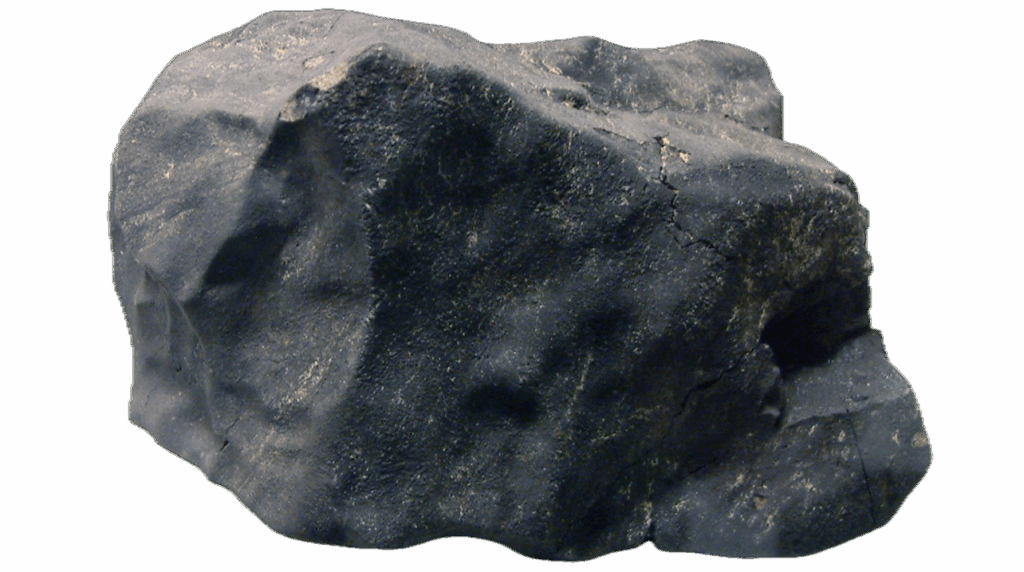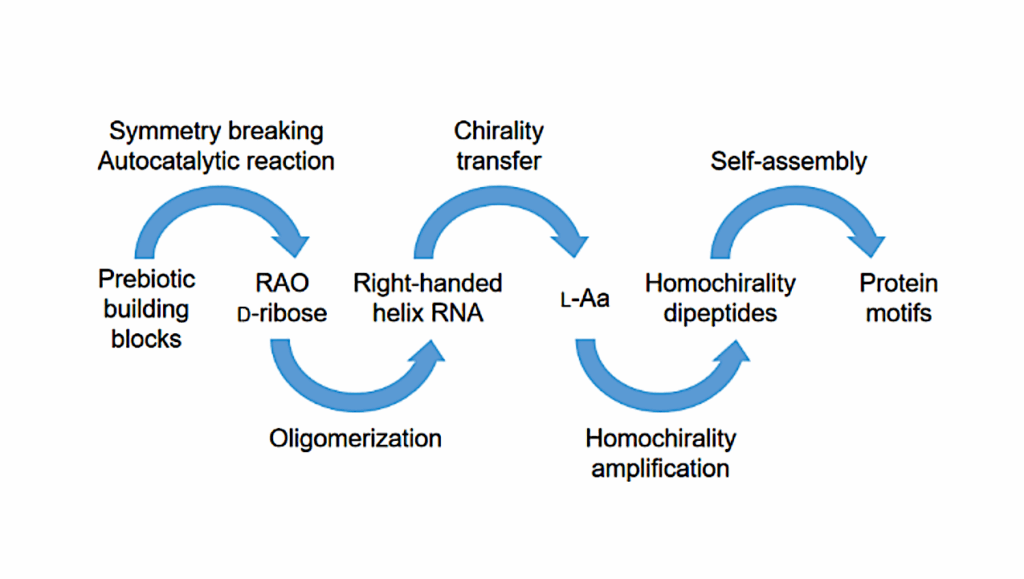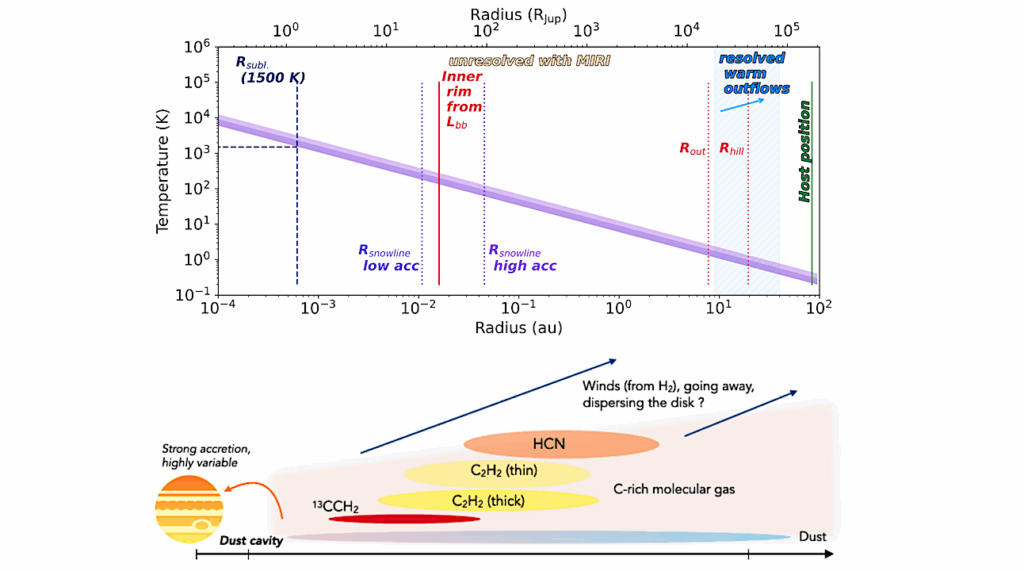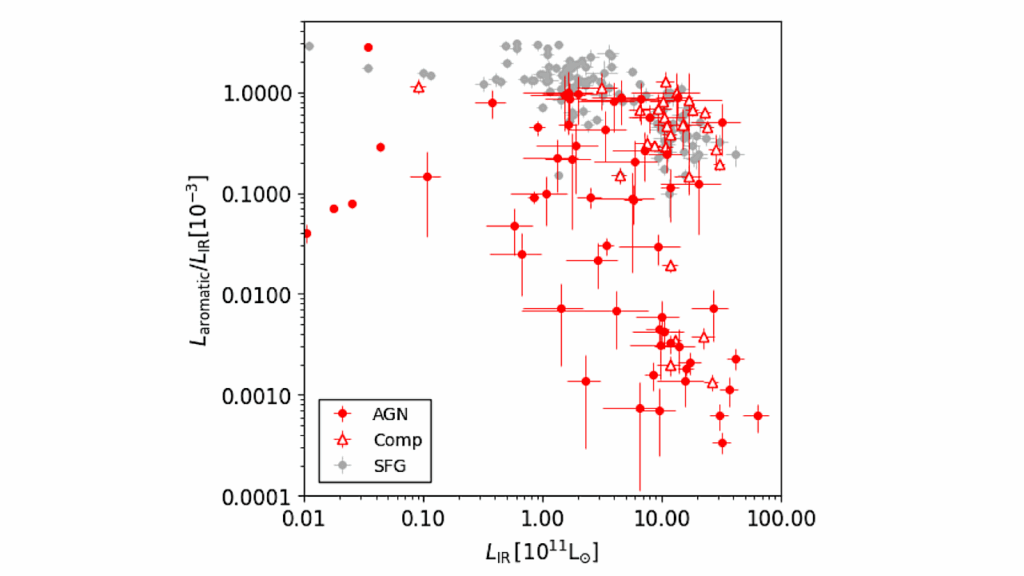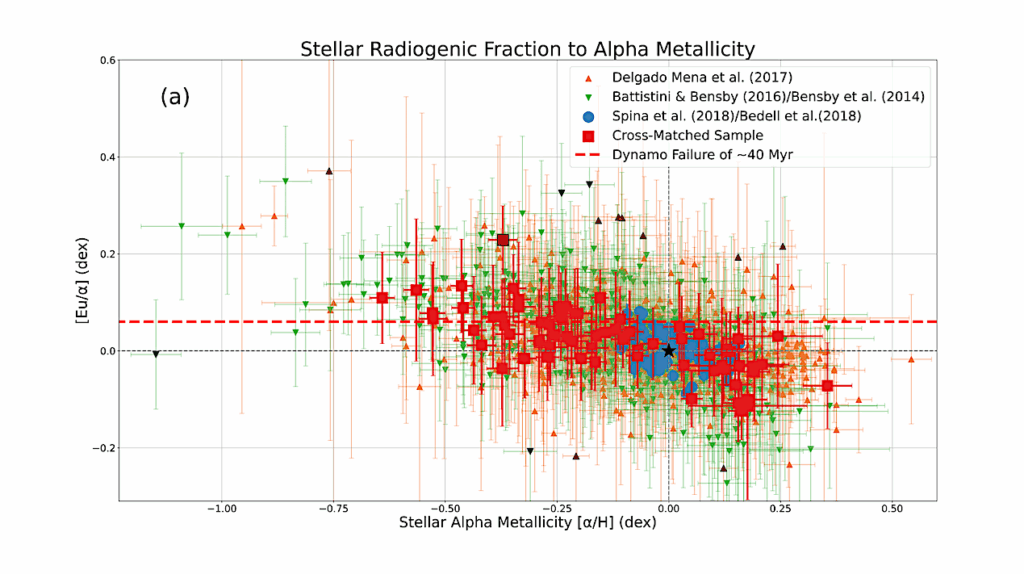Seeds of Life in Space (SOLIS) V. Methanol and acetaldehyde in the protostellar jet-driven shocks L1157-B0 and B1

Aim: In the past, observations of protostellar shocks have been able to set constraints on the formation route of formamide (NH2CHO), exploiting its observed spatial distribution and comparison with astrochemical model predictions.
In this work, we follow the same strategy to study the case of acetaldehyde (CH3CHO). Method: To this end, we used the data obtained with the IRAM-NOEMA interferometer in the framework of the Large Program SOLIS to image the B0 and B1 shocks along the L1157 blueshifted outflow in methanol (CH3OH) and acetaldehyde line emission. Results: We imaged six CH3OH and eight CH3CHO lines which cover upper level energies up to 30 K. Both species trace the B0 molecular cavity as well as the northern B1 portion, i.e. the regions where the youngest shocks (1000 yr) occurred. The CH3OH and CH3CHO emission peaks towards the B1b clump, where we measured the following column densities and relative abundances: 1.3 x 10^16 cm-2 and 6.5 x 10-6 (methanol), and 7 x 10^13 cm-2 and 3.5 x 10-8 (acetaldehyde). We carried out a non-LTE LVG analysis of the observed CH3OH line: the average kinetic temperature and density of the emitting gas are Tkin = 90 K and nH2 = 4 x 10^5 cm-3, respectively. The CH3OH and CH3CHO abundance ratio towards B1b is 190, varying by less than a factor 3 throughout the whole B0-B1 structure.
Conclusions: The comparison of astrochemical model predictions with the observed methanol and acetaldehyde spatial distribution does not allow to distinguish whether acetaldehyde is formed on the grain mantles or rather on the gas-phase, as its gas-phase formation, dominated by the reaction of ethyl radical (CH3CH2) with atomic oxygen, is very fast. Observations of acetaldehyde in younger shocks, e.g. 10^2 yr old, or/and of the ethyl radical, whose frequencies are not presently available, are necessary to settle the issue.
C. Codella, C. Ceccarelli, E. Bianchi, N. Balucani, L. Podio, P. Caselli, S. Feng, B. Lefloch, A. López-Sepulcre, R. Neri, S. Spezzano, M. De Simone
(Submitted on 1 Jan 2020)
Comments: A&A, in press
Subjects: Solar and Stellar Astrophysics (astro-ph.SR); Astrophysics of Galaxies (astro-ph.GA)
Cite as: arXiv:2001.00217 [astro-ph.SR] (or arXiv:2001.00217v1 [astro-ph.SR] for this version)
Submission history
From: Claudio Codella
[v1] Wed, 1 Jan 2020 15:02:32 UTC (650 KB)
https://arxiv.org/abs/2001.00217
Astrobiology, Astrochemistry


